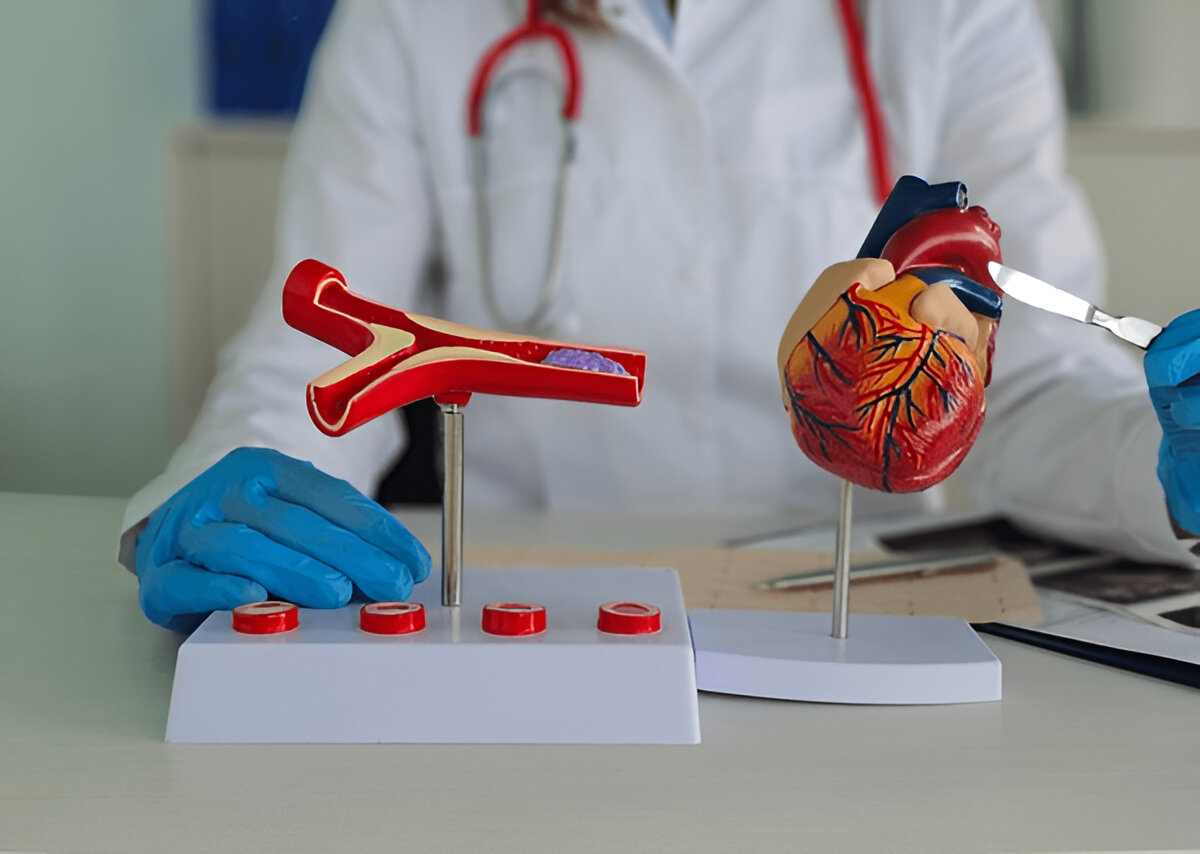Ureteroscopy is a common and minimally invasive procedure used to diagnose and treat various problems within the urinary tract, particularly involving the ureters and kidneys. With advancements in endoscopic technology, ureteroscopy has become a preferred choice for managing kidney stones, strictures, tumors, and other upper urinary tract conditions. There are primarily two types of ureteroscopy rigid ureteroscopy and flexible ureteroscopy. Understanding the differences between them can help patients make informed decisions and prepare for the procedure with clarity.
Whether you’re dealing with recurring kidney stones, unexplained hematuria (blood in urine), or suspected tumors in the urinary tract, ureteroscopy provides a direct, real-time view inside the ureters and kidneys without the need for open surgery. This allows doctors to not only diagnose issues accurately but also treat them during the same procedure such as breaking and removing kidney stones or taking biopsies of abnormal tissue.
What is Ureteroscopy?
Ureteroscopy is a procedure where a thin, tube like device called a ureteroscope is inserted through the urethra and bladder into the ureter (the tube connecting the kidney to the bladder). This allows urologists to visualize the urinary tract, remove stones, take biopsies, or perform other minor surgical interventions.
The ureteroscope can be either rigid or flexible, and the choice of instrument depends on the location and type of problem being treated.
Types of Ureteroscopy
-
Rigid Ureteroscopy
Overview :- Rigid ureteroscopy uses a straight, non bending instrument that is best suited for accessing the lower and mid-portion of the ureter. It is typically used for evaluating and treating stones or tumors that are located in these sections.
When is Rigid Ureteroscopy Used?
Rigid ureteroscopy is often recommended for :-
-
Removal of ureteral stones located in the lower or mid ureter.
-
Evaluation of strictures or tumors in the lower ureter.
-
Biopsies or minor procedures in accessible lower segments.
Procedure :- The procedure is performed under general or spinal anesthesia. A guidewire is passed through the ureter, and the rigid ureteroscope is then carefully advanced over it. Once the target area is visualized, instruments can be inserted through the scope to extract stones or perform other procedures. In some cases, a laser may be used to break larger stones into fragments before removal.
Advantages of Rigid Ureteroscopy
-
More durable and provides a clearer image.
-
Excellent control during stone retrieval.
-
Generally quicker than flexible ureteroscopy for lower ureteral stones.
Limitations
-
Cannot access the kidney or upper ureter easily.
-
Less comfortable post-operatively compared to flexible scopes.
-
May cause ureteral trauma if forced beyond curves.
-
-
Flexible Ureteroscopy
Overview :- Flexible ureteroscopy uses a bendable instrument that can navigate the natural curves of the urinary tract. This makes it ideal for reaching upper ureteral and renal stones or performing procedures in difficult-to-access areas of the kidney.
When is Flexible Ureteroscopy Used?
Flexible ureteroscopy is typically used for :-
-
Removal of kidney stones and upper ureteral stones.
-
Diagnosis and treatment of tumors in the upper tract.
-
Evaluation of hematuria (blood in urine) when imaging is inconclusive.
-
Biopsy collection from the renal pelvis or upper calyces.
Procedure :- Under general anesthesia, a flexible ureteroscope is gently inserted through the urinary tract up into the kidney. A laser fiber, such as Holmium:YAG, may be used to fragment stones, which are then removed or left to pass naturally if small. Basket tools can also retrieve fragments.
The flexibility of the scope allows the urologist to explore every nook and cranny of the kidney, ensuring thorough evaluation and treatment.
Advantages of Flexible Ureteroscopy
-
Allows access to the entire urinary tract including kidney calyces.
-
More comfortable for patients post-procedure.
-
Effective for treating complex or multiple renal stones.
Limitations
-
More delicate and prone to damage compared to rigid scopes.
-
Slightly longer procedure time.
-
Higher equipment cost may impact availability.
-
Which Type of Ureteroscopy is Right for You?
The decision between rigid and flexible ureteroscopy is made based on several factors :-
-
Stone location :- Lower ureteral stones may be treated more efficiently with a rigid ureteroscope, whereas kidney or upper ureteral stones are better approached with a flexible scope.
-
Type of condition :- If the procedure involves exploring the kidneys or upper tracts, flexible ureteroscopy is the preferred choice.
-
Equipment availability :- Not all centers have access to flexible scopes due to higher costs and delicate handling requirements.
-
Surgeon experience :- Urologists trained in endourology may be more skilled in using flexible ureteroscopes.
Your urologist will recommend the best approach after imaging studies such as CT scan, ultrasound, or X-ray, and a thorough medical evaluation.
Recovery After Ureteroscopy
Regardless of the type, ureteroscopy is typically a daycare or short-stay procedure. Patients may experience mild discomfort, burning sensation during urination, or blood in the urine for a few days. A ureteral stent may be placed temporarily to ensure smooth urine drainage and reduce swelling. This is usually removed within a few days or weeks.
Normal activities can generally be resumed within a couple of days. Adequate hydration, avoiding heavy lifting, and following your doctor’s post op instructions are crucial for a smooth recovery.
Conclusion
Ureteroscopy, whether rigid or flexible, offers a safe, effective, and minimally invasive way to diagnose and treat upper urinary tract conditions, especially kidney and ureteral stones. Each type has its unique strengths, and the choice largely depends on the specific location of the issue and the expertise of the treating urologist.























